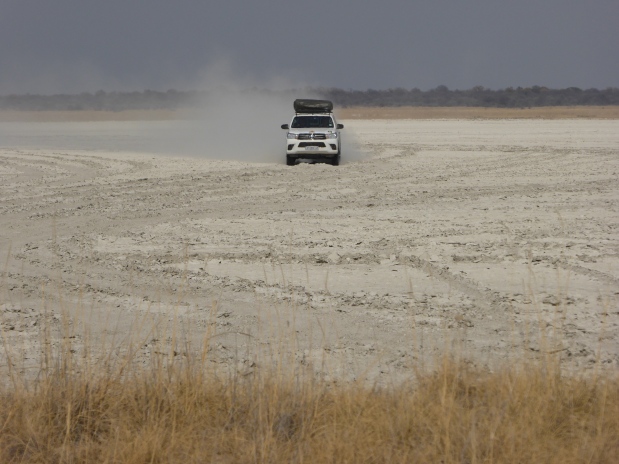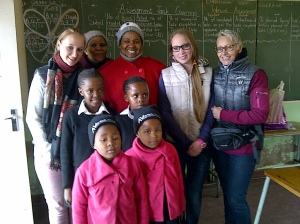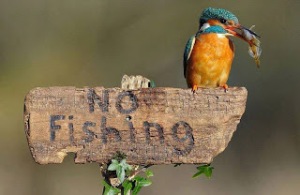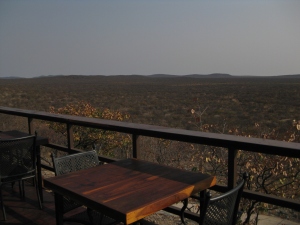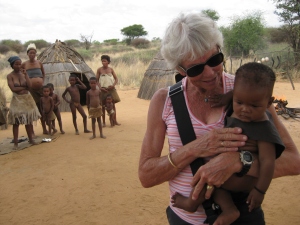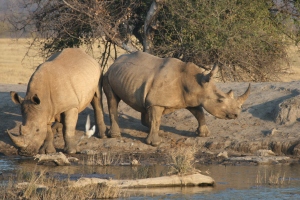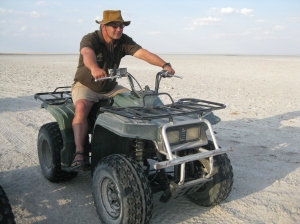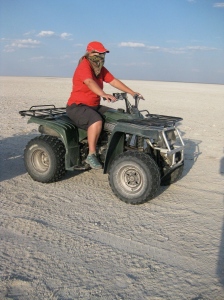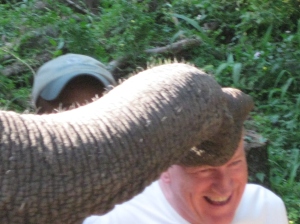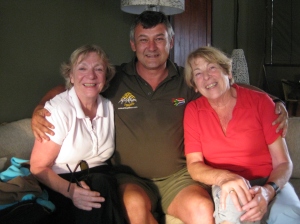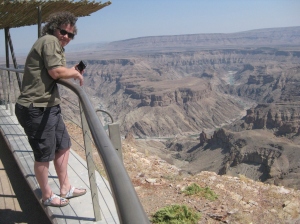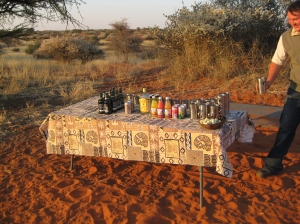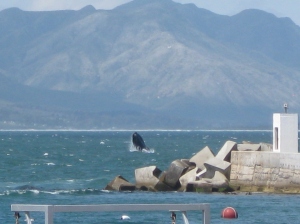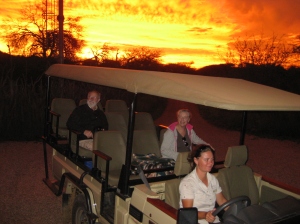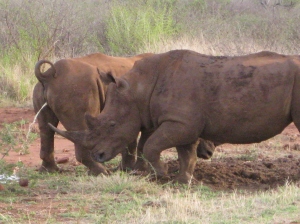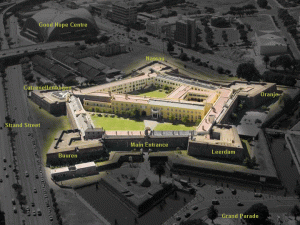OUR DIVERSE CULTURE
Paarl is the third oldest European Settlement in South Africa and is home to a culturally diverse community – the product of a unique history.
The people of Paarl are descendants of the Khoisan, slaves from African and Asia, Dutch settlers, French Huguenots, Jewish immigrants, Italian Prisoners of War, and Xhosa migrant labourers.
The Khoikhoi
The Khoikhoi and San were the first people to utilize the area and original San rock art can still be seen at nearby Wemmershoek and Bainskloof. Originally, Paarl Mountain was named “Tortoise Mountain” by the Khoikhoi.
The Berg River Valley formed the traditional border between the Peninsular Khoikhoi (the Gorachoqua and the Goringhaiqua) and the Cochoqua. The latter group moved their cattle around the various grazing areas of the Berg River and Drakenstein valleys.
The approximately 18 000-strong Cochoqua was one of the richest and strongest of the Khoi tribes, but they were eventually defeated during the second war between the colonists and Khoikhoi and most of their livestock looted.
On the death of their leaders, the tribe dispersed, with some trekking towards the Orange River, while others were in the service of colonists.
EUROPEAN SETTLERS
The Dutch
The original purpose of the Dutch settlement in the vicinity of latter day Cape Town, was to provide fresh food and water to the ships of the Dutch East India Company, on their way to the East. Founder of Cape Town, Jan van Riebeeck, built up fresh meat stock by bartering livestock from the local Khoikhoi.
In 1657, Abraham Gabbema led an expedition to find more Khoi groups to barter with and to search for the legendary treasures of Monomotapa. On the day that they arrived in the Berg River Valley, the granite boulders, towards the west side of our town, glistened in the sun and this inspired Gabbema to name this mountain “the Diamond and Pearl Mountain” from which the name Paarl was later derived.
In October 1687, thirty years after the Gabbema expedition, Governor Simon van der Stel granted the first farms to Free Burghers. Twenty-one of these farms were in Drakenstein (Paarl), and five were on the foothills of Paarl Mountain.
The French
When the French Huguenots arrived in the Cape in 1688, some were granted land in the Drakenstein area.
Their intimate knowledge of the wine industry would be instrumental in establishing the now internationally-renowned wine industry of South Africa.
The headquarters of the South African wine industry, the KWV, is situated in Paarl, on one of the earliest farms (La Concorde, as it is known today) to be granted by Governor Simon van der Stel.
Conflict
The traditional European practice of private land ownership soon clashed with the communal land use of the Khoikhoi. Land was now granted to the French Huguenots and this meant that water was limited and the wild animals that were hunted by the Khoisan, systematically disappeared from the area.
European diseases, such as small pox, further decimated the indigenous peoples. Many of the Khoisan were forced to move to the interior or became labourers for the colonists.
The Slaves
Between 1658 and 1808, some 63 000 slaves were brought to South Africa from different parts of the world, to sow, harvest, and thresh the wheat and also to load wagons, weed the owner’s fields, and look after the livestock. On wine farms they harvested and pressed grapes. Women did housework and in some cases acted as wet nurses for their owner’s children.
Het Gesticht (a small unbaked brick church) was built in 1813 to provide slaves with a place of worship. From 1820, onwards it became known as the Zion Church and is the fourth oldest church building in South Africa.
After being emancipated in 1834, slaves in Paarl were awarded property in the vicinity of modern-day Berg Street and School Street.

